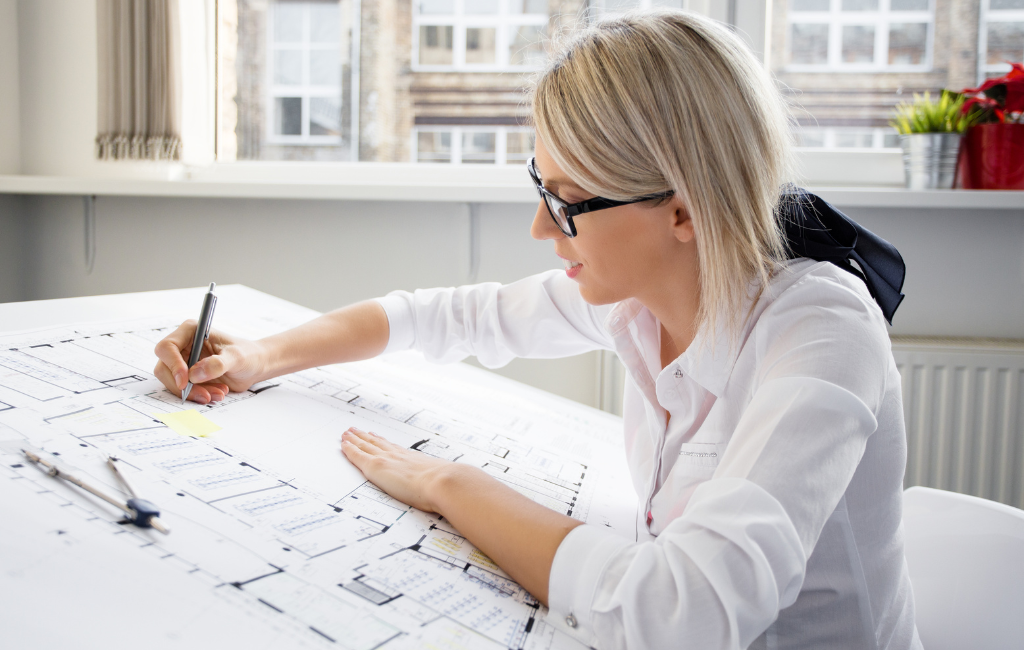Architect Trends Shaping the Future
Architecture is constantly evolving, influenced by technological advancements, environmental concerns, and changing societal needs. This article explores the key trends that are shaping the future of architecture, providing valuable insights and examples to illustrate these developments.
Green and Sustainable Design
One of the most significant trends in architecture is the emphasis on green and sustainable design. Architects are increasingly focusing on creating buildings that minimize environmental impact and promote sustainability.
- Use of renewable energy sources such as solar and wind power
- Incorporation of green roofs and walls to improve insulation and reduce urban heat islands
- Implementation of rainwater harvesting systems
- Utilization of sustainable materials like bamboo, recycled steel, and reclaimed wood
A notable example is the Bullitt Center in Seattle, often referred to as the greenest commercial building in the world. It features solar panels, a rainwater collection system, and composting toilets, demonstrating the potential of sustainable design.
Smart Buildings and IoT Integration
The integration of smart technology and the Internet of Things (IoT) is revolutionizing the way buildings are designed and operated. Smart buildings use interconnected devices to enhance efficiency, comfort, and security.
- Automated lighting and climate control systems
- Advanced security systems with facial recognition and biometric access
- Energy management systems that optimize energy use
- Smart appliances and fixtures that improve convenience and reduce waste
The Edge in Amsterdam is a prime example of a smart building. It uses IoT technology to create a highly efficient and user-friendly environment, with features like personalized workspaces and energy-efficient systems.
Adaptive Reuse and Renovation
Adaptive reuse and renovation involve repurposing existing buildings for new uses, preserving historical structures while meeting modern needs. This trend is gaining traction as a sustainable alternative to new construction.
- Conversion of old factories into residential lofts
- Transformation of warehouses into office spaces
- Renovation of historic buildings for contemporary use
- Repurposing of retail spaces into community centers
The High Line in New York City is a successful example of adaptive reuse. This elevated railway was transformed into a public park, preserving its historical significance while providing a green space for the community.
Biophilic Design
Biophilic design emphasizes the connection between humans and nature, incorporating natural elements into the built environment to enhance well-being and productivity.
- Inclusion of indoor plants and green walls
- Use of natural materials like wood and stone
- Designing spaces with ample natural light and ventilation
- Creating outdoor spaces and gardens within urban settings
The Amazon Spheres in Seattle exemplify biophilic design. These glass domes house over 40,000 plants, providing employees with a unique and nature-inspired workspace.
Modular and Prefabricated Construction
Modular and prefabricated construction methods are becoming increasingly popular due to their efficiency, cost-effectiveness, and flexibility. These methods involve assembling building components off-site and then transporting them to the construction site for final assembly.
- Reduced construction time and costs
- Improved quality control and precision
- Minimized waste and environmental impact
- Flexibility in design and scalability
The B2 Tower in Brooklyn is an example of modular construction. This residential building was constructed using prefabricated modules, significantly reducing construction time and costs.
Parametric Design and Digital Fabrication
Parametric design and digital fabrication are transforming the architectural landscape by enabling the creation of complex and innovative structures. These technologies use algorithms and computer-aided design (CAD) to generate and manipulate architectural forms.
- Creation of intricate and unique designs
- Optimization of structural performance and material use
- Integration of advanced manufacturing techniques like 3D printing
- Customization of building components
The Morpheus Hotel in Macau showcases the potential of parametric design. Its free-form exoskeleton was created using advanced digital fabrication techniques, resulting in a visually stunning and structurally efficient building.
Resilient and Disaster-Resistant Architecture
With the increasing frequency of natural disasters, architects are focusing on designing buildings that can withstand extreme weather events and other hazards. Resilient architecture aims to protect occupants and minimize damage during disasters.
- Use of materials and construction techniques that enhance durability
- Designing buildings to withstand earthquakes, hurricanes, and floods
- Incorporation of emergency systems and backup power sources
- Planning for post-disaster recovery and rebuilding
The Sendai Mediatheque in Japan is an example of resilient architecture. Designed to withstand earthquakes, this building features a flexible structure that can absorb seismic forces, ensuring the safety of its occupants.
Conclusion
The future of architecture is being shaped by a variety of trends, from sustainable design and smart technology to adaptive reuse and resilient construction. These trends reflect a growing awareness of environmental and societal needs, as well as advancements in technology and materials. By embracing these trends, architects can create innovative, efficient, and sustainable buildings that meet the challenges of the future.
